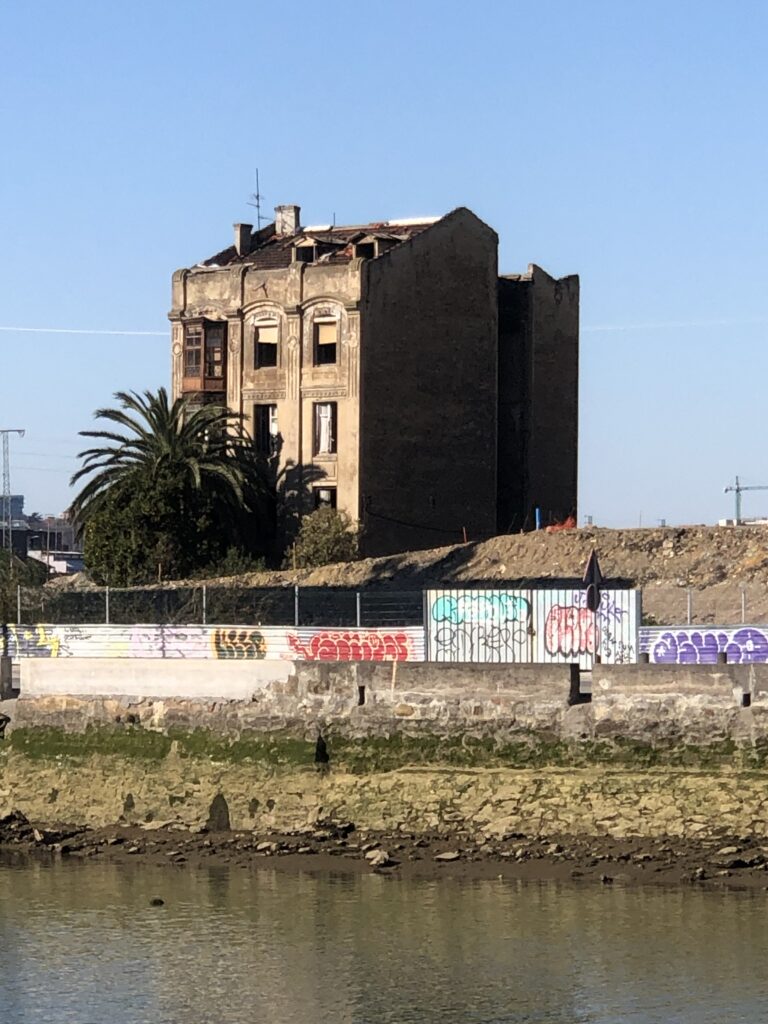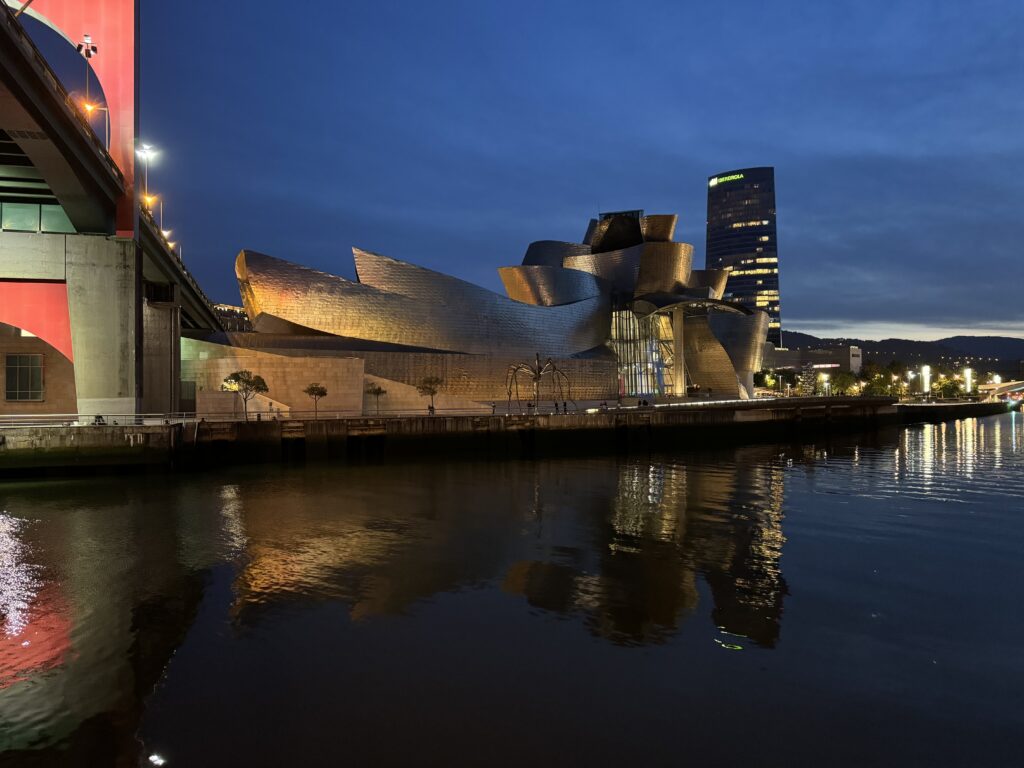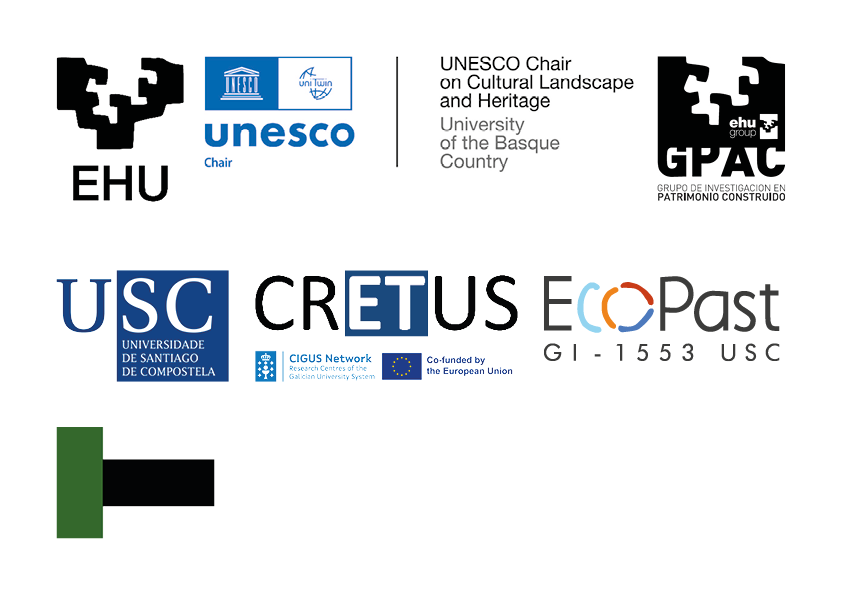Welcome to CHAT Botxo (6-9 November 2025)
REGISTRATION AVAILABLE!
CLICK HERE
PROGRAM AVAILABLE!
CHECK IT HERE
Within UNESCO’s framework, archaeology is still understood as an “auxiliary science of history,” considered a subfield of science and technology (code 5505). This conceptualization not only restricts the value of archaeology in understanding the past but also explains why archaeology has been used as an auxiliary to fill empirical gaps generated by the scarcity of other sources, mainly written ones. However, between the genesis of UNESCO’s classificatory scheme in the 1970s and the first quarter of the 21st Century, archaeology has successfully tackled interpretive gaps in periods for which written sources are available, sometimes in huge quantities. Today, contemporary and historical archaeology generate much broader interpretive frameworks, with important ontological implications for the discipline itself (and even beyond), not only because of the growing empirical possibilities that have been opened by the third revolution of science, but also because of the exploratory, cooperative, and creative attitude that has defined our community.
At the end of the first quarter of the 21st Century, contemporary and historical archaeologists are reflecting as much as ever before on the theoretical frameworks that underpin our discipline, both for their overall importance for how they influence the interpretation of our case studies, impact collaborative projects, and drive active involvement in current social problems. How are we filling different gaps in the past and the present?

Botxo means “Hole” in the Basque language. The city of Bilbao itself has developed within a depression—a hole—since the Middle Ages. Being unfit for agriculture but with an estuary facing the Atlantic Ocean, the topology of the region facilitated Bilbao’s entrance and prominence in maritime trade and industry, continuing until the end of the 20th Century. Throughout this period, the continual and systematic anthropisation of this geographic feature, in alignment with these industries, made Bilbao the largest city in the Basque Country. The city’s transformation towards tourism and the service economy, especially after the inauguration of the Guggenheim Museum, rocketed an urban change that erased the old image of the city, as if both citizens and officials wanted to forget. Still, the industrial past continues to merge with the arts in today’s Bilbao, in a vibrant environment that helps to think, create, question, represent…
Building on the Basque traditions of global trade and industry, CHAT Botxo encourages the synthesis of many topics with an eye to the spaces in between them. Urban dynamics, immigration, labour, industry, trade, tradition, modernity… in short, the unifying thread of the last two centuries; the gears of capitalism. CHAT Botxo aims to fill the botxos (holes, gaps), practical and epistemological, around these topics that contemporary and historical archaeology can help fill.
CHEK THE PROGRAM… AND MORE INFORMATION
STAY TUNED FOR MORE.



